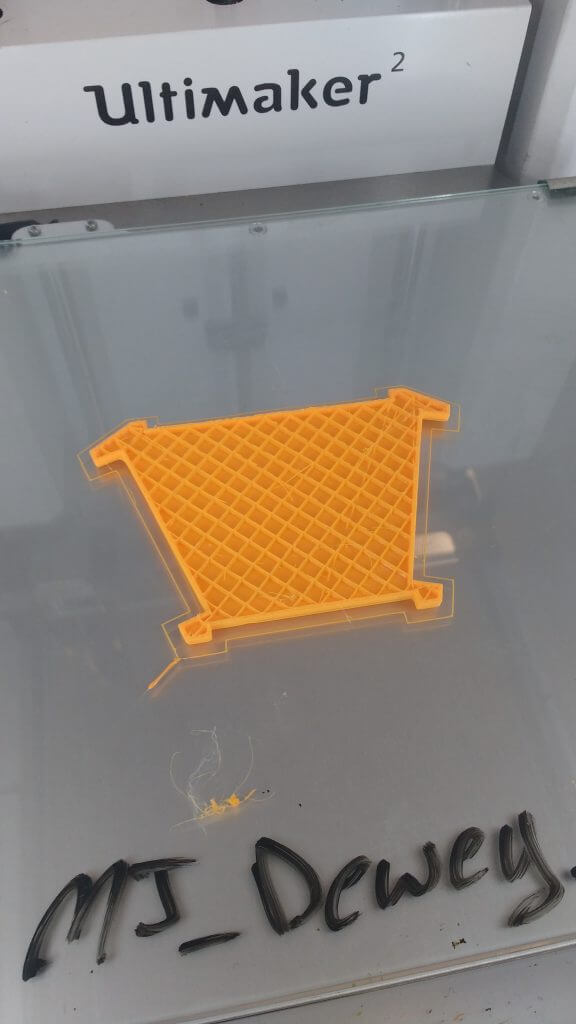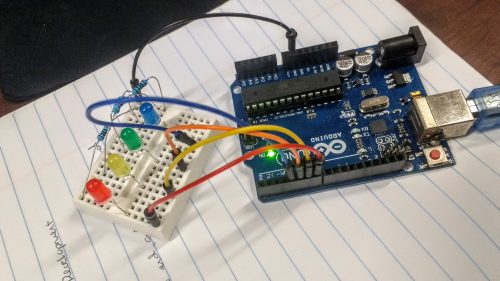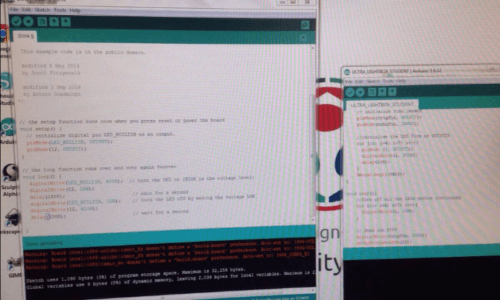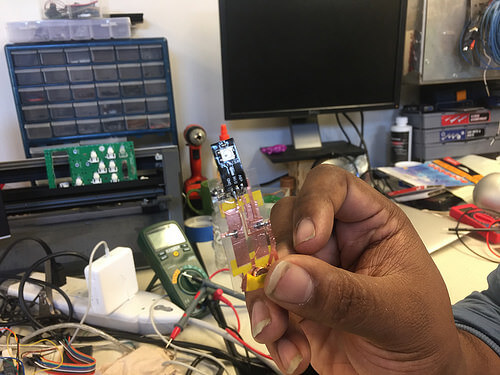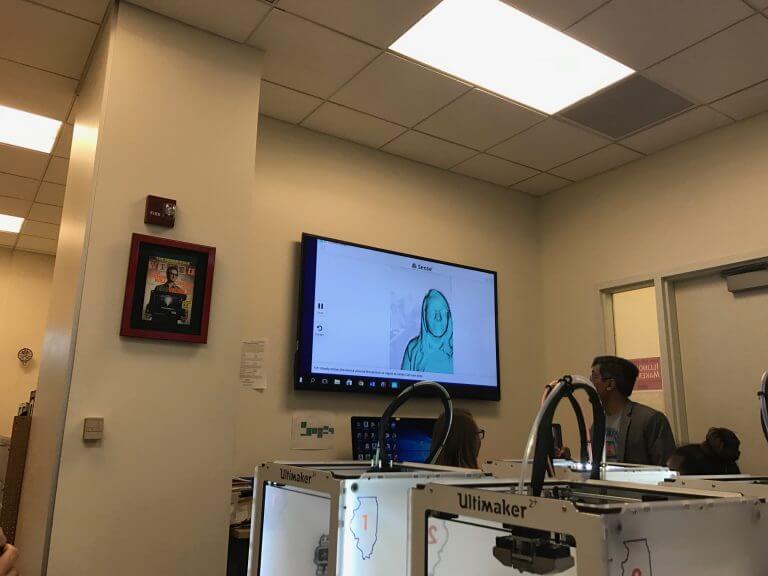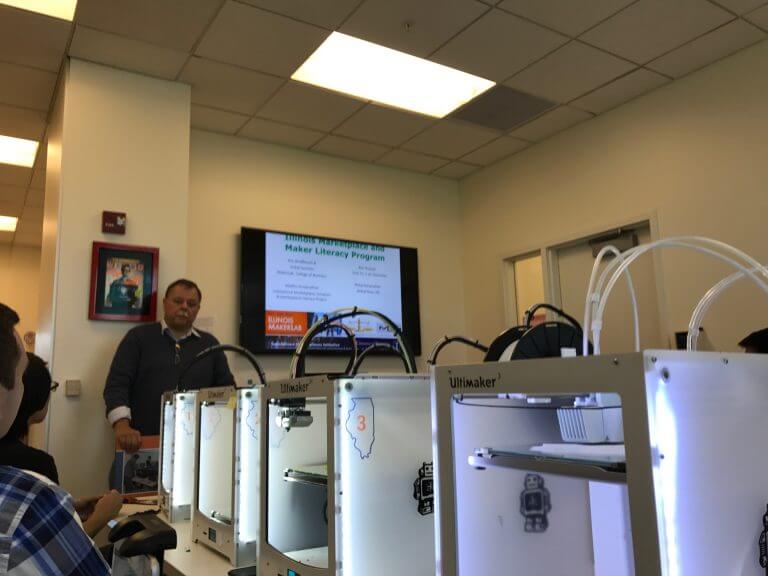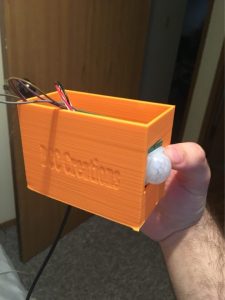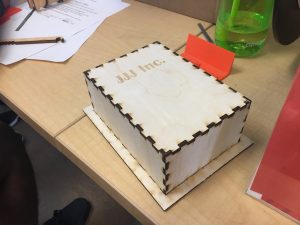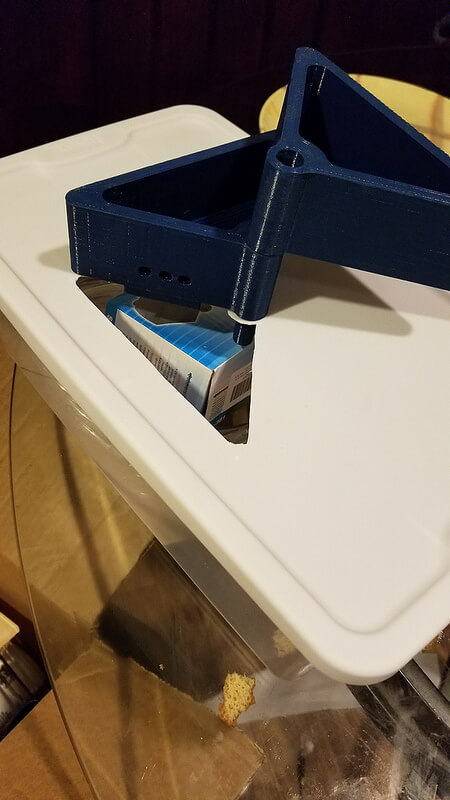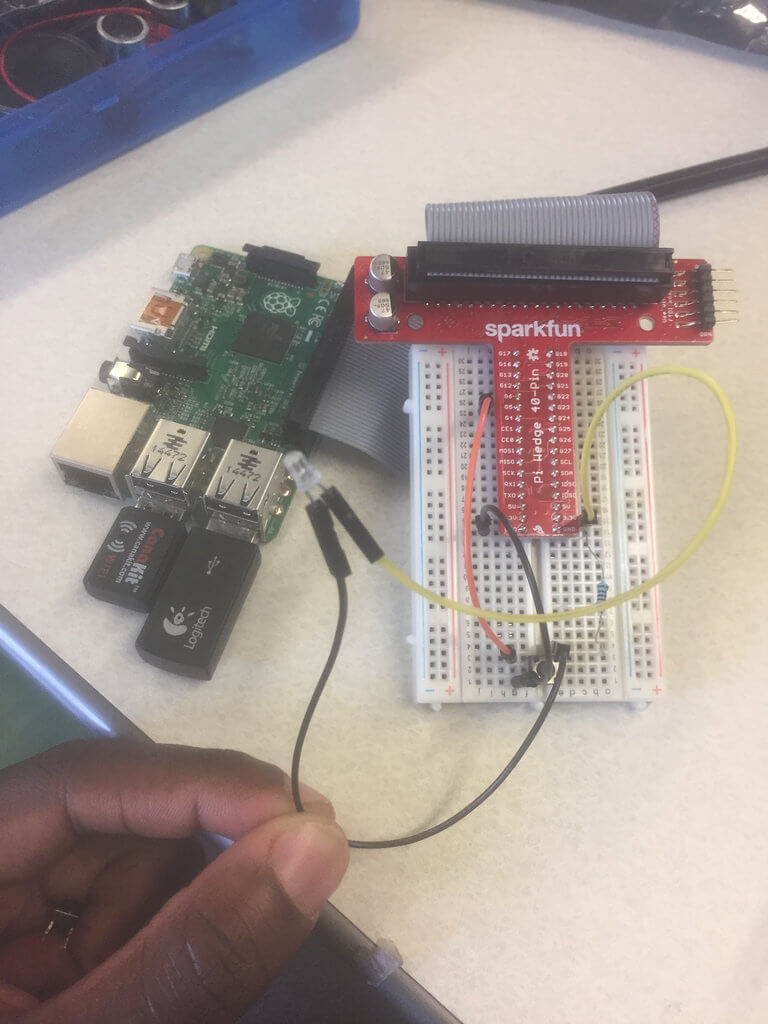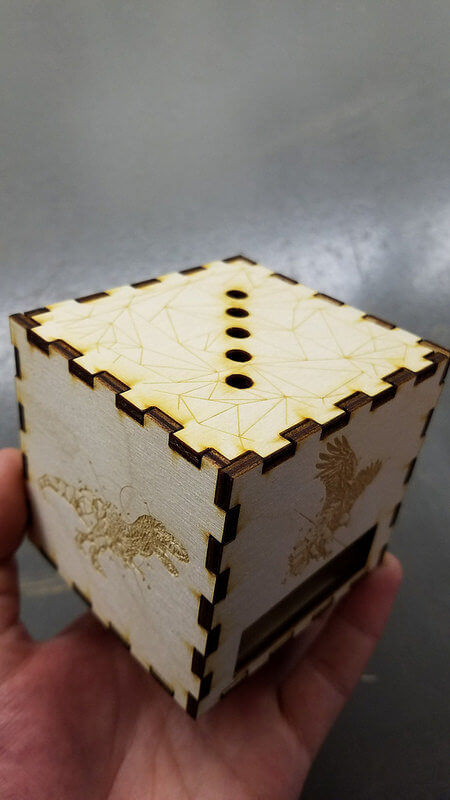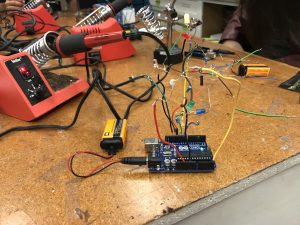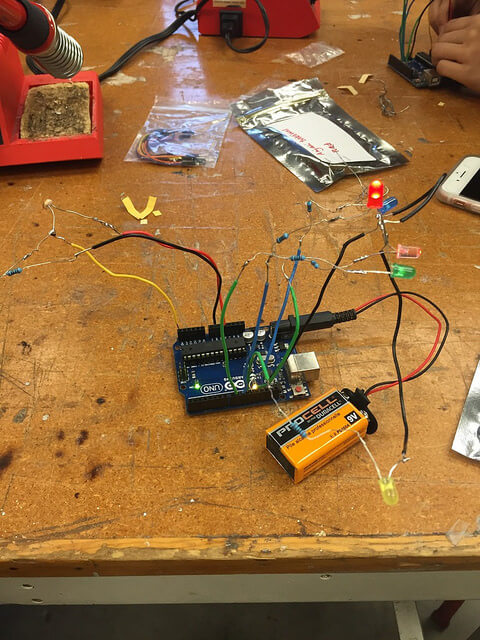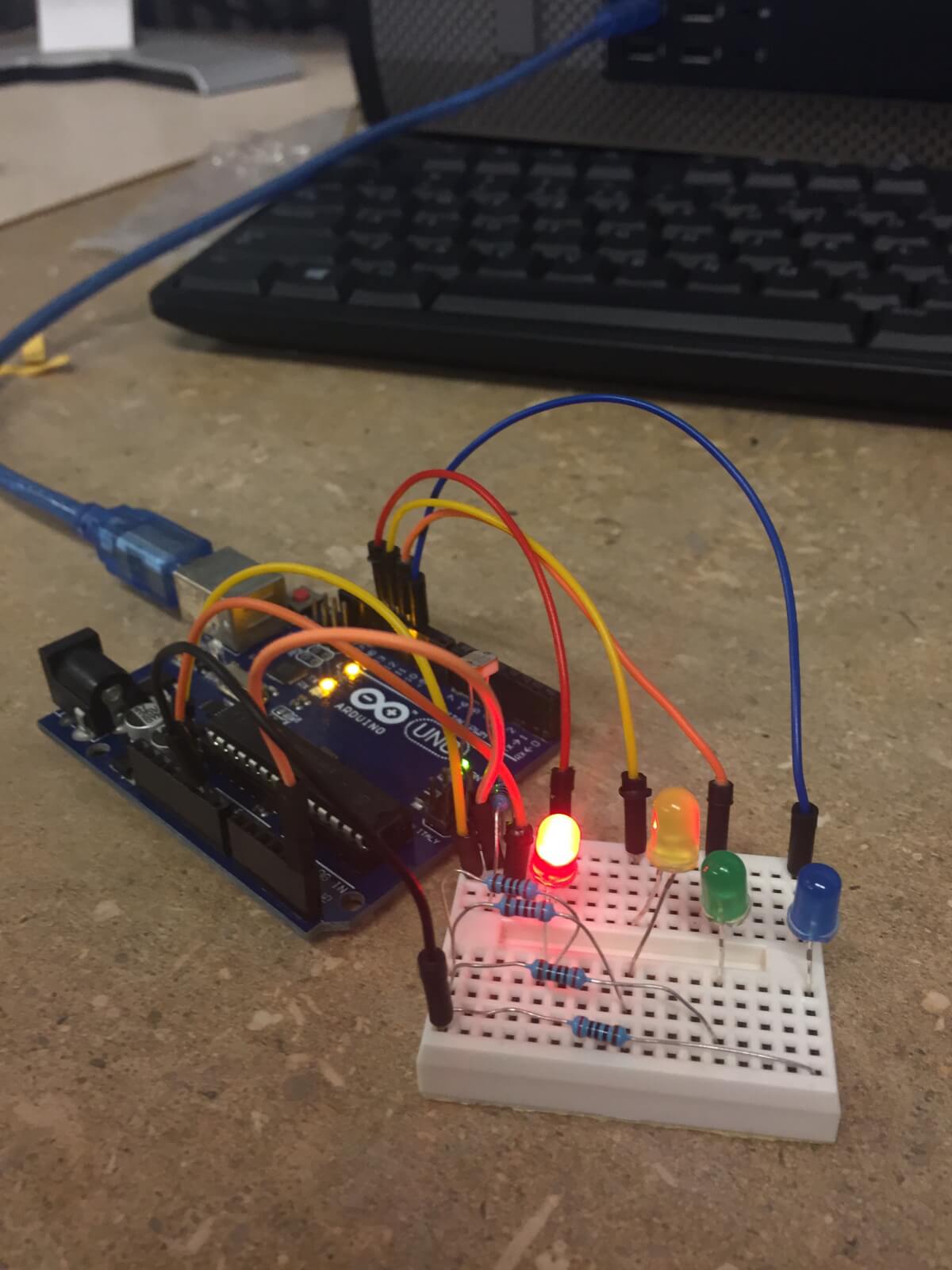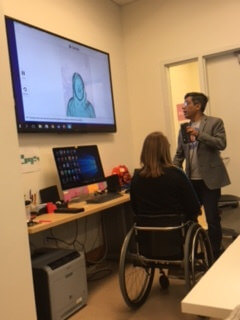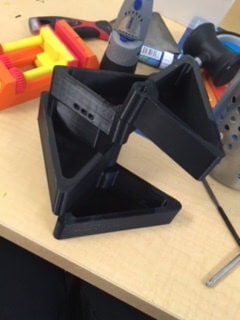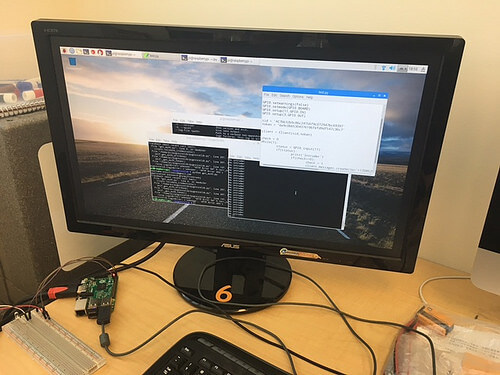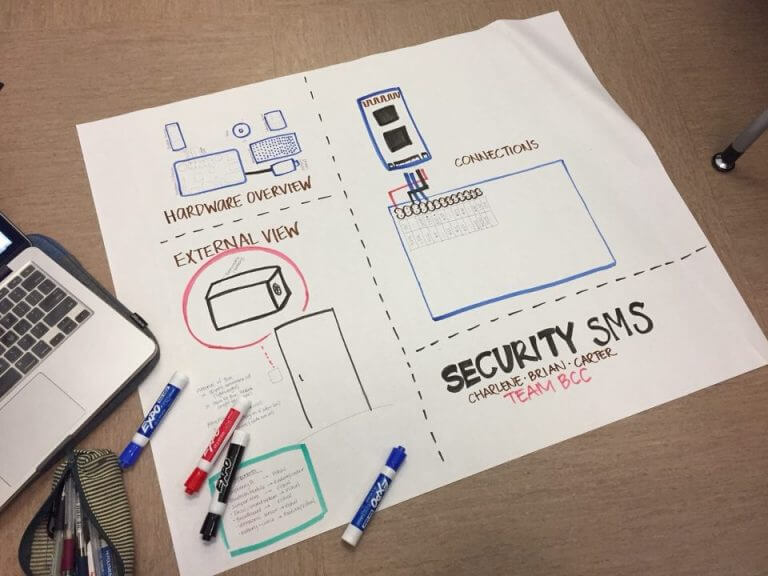Final Reflections- Digital Making 2017
/This collection of posts refers to the Digital Making Class offered here at Illinois. Each week students are required to write down what they have learned through the week. Here are some of the students final reflections regarding their project and the class as a whole.
Helping people tie a tie:
At the end of this project, our team came away with three main conclusions from the experience. First, it was incredibly satisfying to see our weeks of efforts and labor culminate in a working and usable model. One of our team members who previously was unfamiliar with how to tie a tie was able to learn how, with the guidance of our product. After seeing it be put to use, we can say with complete certainty that our efforts proved worth it. Second, we learned that rapid prototyping is critical to the making process, and to creating an effective final product. We spent the majority of our initial efforts attempting to make the perfect first prototype, when in reality the majority of our progress came upon the third and fourth iterations. Third, our team realized the immense importance of receiving user feedback. While we had certain connotations of the direction we wanted to pursue with our product, obtaining feedback from users that were unfamiliar with the making process gave us great insight as to what the average user would actually prefer.
-Team MakerLax
Dehydration Band:
This dehydration band could measure the hydration level of the users and flash lights to remind users to drink water. The band consisted of two parts, the frame and the Arduino controller. We used the 3D printer with the semi-flex material to make the frame. To minimize the size, we made the humidity sensor by ourselves and integrated the sensor with the Arduino controller. I can’t say that I will use 3D printer a lot or I will be a designer in the future, but the experience of learning all the knowledge helps me to realize that I could do much more than I expected from myself. The idea of design with empathy will be useful to me no matter what kind of job I will do. By sharing the different skill-set, we as a team turned in a wearable that I could never make by myself alone. I feel so lucky that I got chosen to take this course at the end of last semester.
-
Endless possibilities of 3D Printing:
When I first was able to take the Digital Making course, I was excited at the prospect of being able to work with 3D printers for the first time and perhaps learn some new types of software. While I certainly did the above, the first hand experience of creating a 3D printed product solution with help from multiple campus resources showed me the vast capabilities 3D printing as well as other digital technologies can have. As a Recreation, Sport, & Tourism grad student taking this course, I am interested to see how the capabilities of 3D printing can impact entire industries as well as daily life with the maker movement .
-Carter Carroll
Watch the video below to see more of the amazing things that the Digital Making students did this semester!
https://youtu.be/0JeTuVcX9Gk
Are you an undergraduate at Illinois and need a class for Spring 2018? Take Digital Making! Apply now by emailing your resume to vishal@illinois.edu, with a short note explaining your interest in the course and any skills/passions in making that you bring to the course. Application will be open until November 15th. And don’t forget to stay tuned to MakerLab updates by liking us on Facebook, or following us on Twitter or Instagram.

